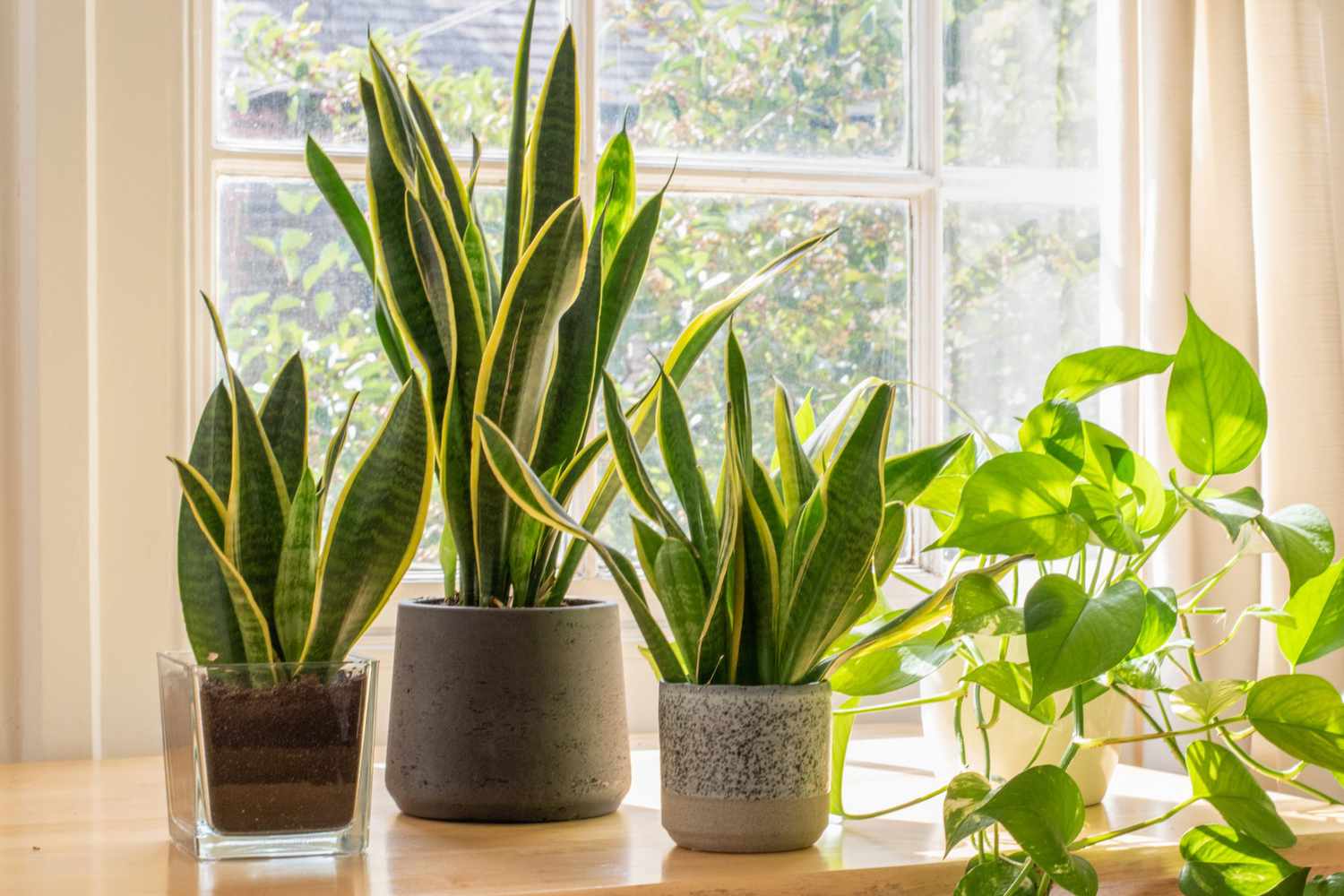Table of Contents
Dracaena trifasciata, commonly known as snake plant, is a popular indoor house plant that belongs to the family Asparagaceae. It is an evergreen perennial plant that is native to West Africa. It has sword-shaped leaves that grow upright and can reach a maximum height of 3 feet. The leaves are dark green with light greyish-green horizontal stripes, resembling a snake’s skin, hence the name “snake plant”.
It is a low-maintenance plant that can survive in a wide range of conditions and is commonly used for decorative purposes in homes, offices, and public spaces. Proper care is crucial for the health and longevity of dracaena trifasciata or the snake plant. Not only this benefits the plant, but it also benefits the owner of this plant.
To know more about the plant care techniques of the snake plant, stay tuned to this article.
Ideal Growing Conditions for Dracaena Trifasciata
Dracaena trifasciata, or the snake plant, thrives in certain types of conditions. It requires bright but indirect light and can tolerate low-light conditions. It prefers temperatures between 60 to 75 °F and can endure dry indoor air. Watering should be moderate, allowing the soil to be ideal for this plant, which can benefit from occasional fertilisation with a balanced fertiliser. We will discuss every condition comprehensively.
1. Proper Sunlight Requirements
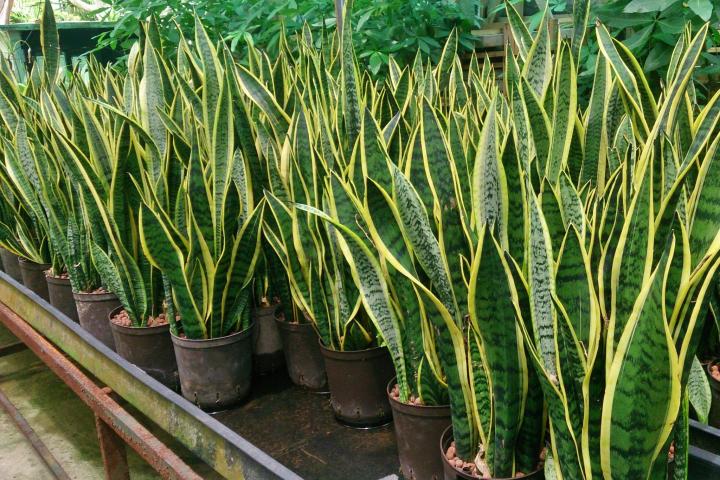
Light is a crucial factor for plant growth, and snake plants are no exception. Snake plants prefer bright but indirect light and can also tolerate low-light conditions. Direct sunlight can scorch their leaves, so it’s best to place them in a well-lit area but away from direct sunlight. The amount of light that snake plants receive affects their growth and appearance. Insufficient light can lead to thin leaves, while too much light can cause leaf burn and stunted growth. It’s crucial to provide your snake plant with the right amount and quality of light to promote healthy growth.
2. Ideal Temperature Conditions
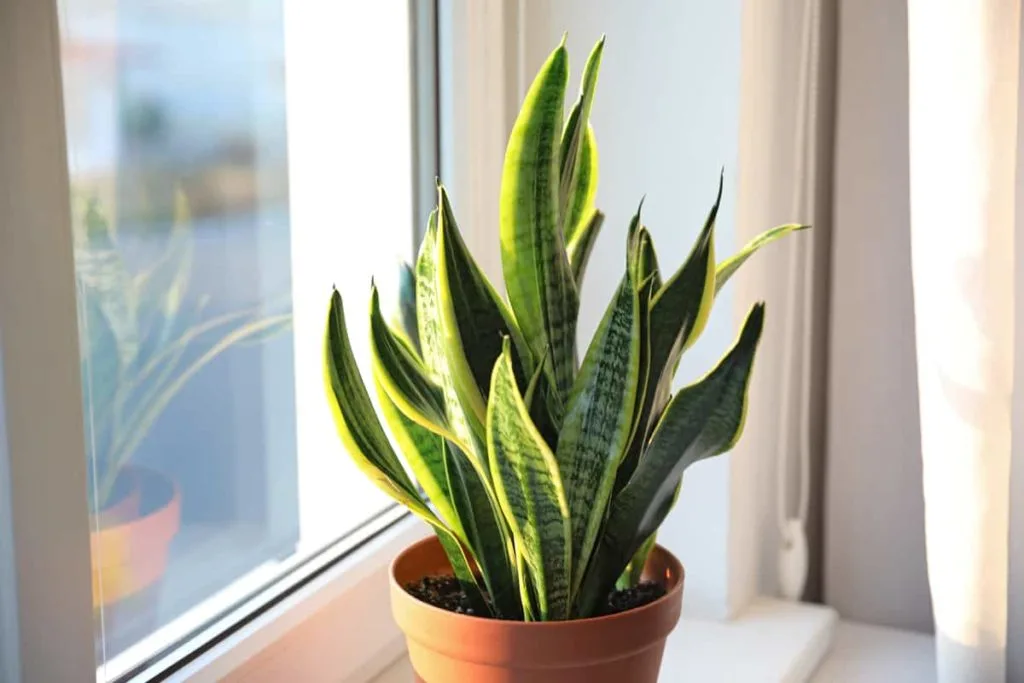
Temperature is another important factor to consider when providing the ideal growing conditions for snake plants. Snake plants can tolerate a wide range of temperatures, but they thrive in temperatures between 70 and 90°F. They can also tolerate dry indoor air, making them ideal for indoor environments. However, extreme temperature fluctuations can harm your plant, so it’s best to keep them away from drafty areas and air conditioning units.
3. Water Requirements
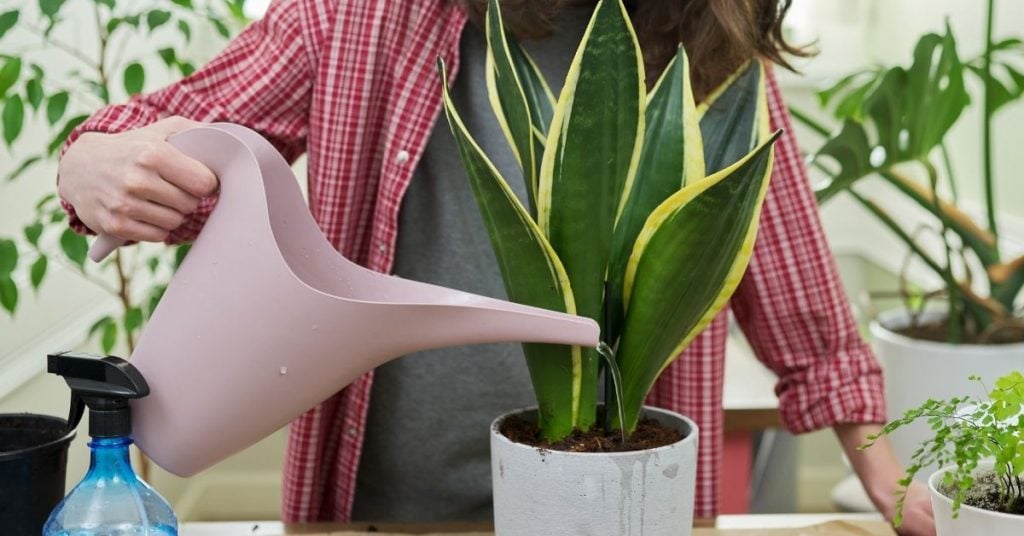
Watering is a critical aspect of snake plant care. Overwatering can lead to root rot and other diseases, while underwatering can cause the leaves to curl and brown. The key to watering snake plants is to keep the soil moist but not waterlogged. In general, it’s best to water them every two to three weeks, but this can vary depending on factors such as the size of the pot, the humidity level, and the amount of light. It’s essential to allow the soil to dry out between waterings to prevent root rot.
4. Balanced Soil Requirements
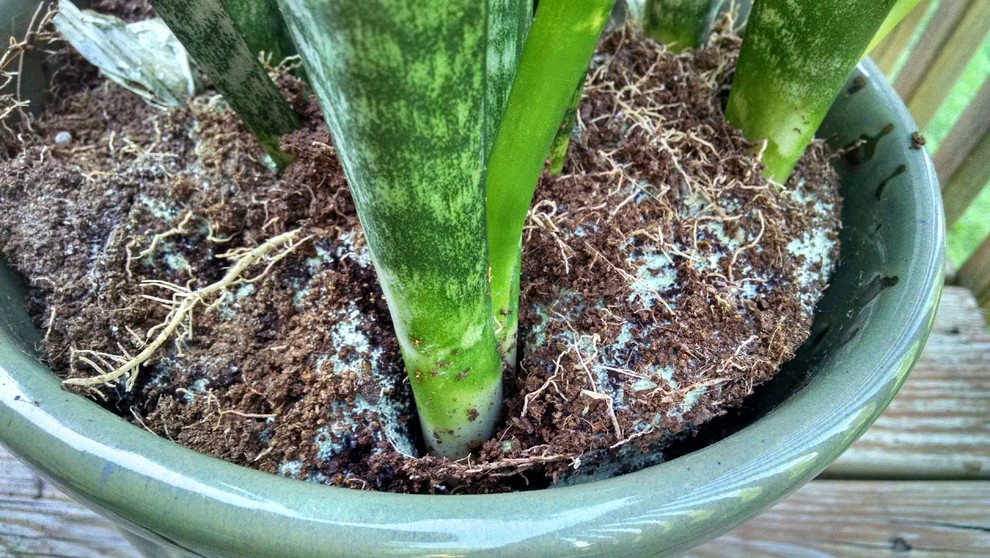
The right type of soil is essential for the growth and health of your snake plant. Well-draining soil is critical as snake plants are susceptible to root rot if they are in soil that retains too much moisture. A mixture of potting soil and perlite or sand can be used to provide the right balance of moisture retention and drainage. It’s also a good idea to fertilise the plant occasionally with a balanced houseplant fertiliser to ensure healthy growth.
Propagation Techniques of Dracaena Trifasciata ‘Snake Plant’
Propagating snake plants can be a fun and rewarding way to expand your plant collection. Here, we will discuss some methods of propagation, the best time for propagation, and the steps involved in propagating snake plants.
1. Methods of Propagation
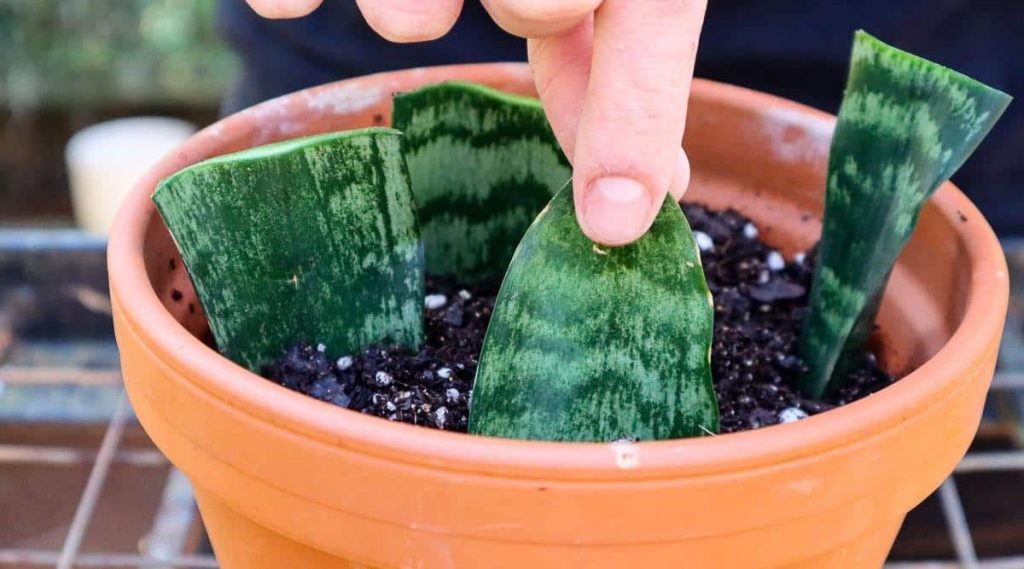
Snake plants can be propagated in a variety of ways. We will discuss three common ways – division, leaf cuttings, and rhizome cuttings.
- Division: The most common method of propagation of snake plants is division. It involves dividing the plant into smaller sections and replanting them. In this method, you need to remove the plant from its pot, then gently separate the individual plants, and lastly, repot them in separate containers.
- Leaf cuttings: Another method of propagation is by taking leaf cuttings. This method involves cutting a healthy leaf from the mother plant and then rooting it in soil or water. This method can be a bit more challenging, but it can produce multiple new plants from a single leaf.
- Rhizome cuttings: The third method of propagation is by taking rhizome cuttings. This involves cutting a section of the underground stem, or rhizome, and replanting it in soil. This method is less common but can be effective for propagating large plants.
2. Best Time for Propagation
The best time to propagate snake plants is during the spring or summer when the plant is actively growing. This is because the plant will be better able to handle the stress of being divided or having cuttings taken during this time. It is also important to choose a healthy and mature plant for propagation, as this will increase the chances of success.
3. Steps for Propagation
For the Division Method
To propagate snake plants through division, you will need a healthy, mature plant, a sharp knife or shears, and potting soil. Here are the steps.
- Remove the plant from its pot and gently shake off any excess soil.
- Inspect the plant for any damaged or diseased leaves, and remove them.
- Gently separate the individual plants by pulling them apart or cutting them apart with a sharp knife.
- Repot each plant in separate containers with fresh potting soil and water thoroughly.
For Leaf Cuttings Method
To propagate snake plants through leaf cuttings, you will need a healthy plant, a sharp knife, and a container of water or potting soil. The steps are listed below.
- Select a healthy leaf from the plant, and use a sharp knife to cut it off at the base.
- Cut the leaf into sections.
- Plant each section in a container of moist potting soil or place it in a container of water.
- Keep the soil or water moist, and wait for the cuttings to root and develop new growth.
For the Rhizome Cuttings Method
To propagate snake plants through rhizome cuttings, you will need a healthy, mature plant, a sharp knife, and potting soil. Follow the steps listed below.
- Remove the plant from its pot and gently shake off any excess soil.
- Locate a healthy, mature rhizome, and use a sharp knife to cut it into sections.
- Plant each section in a separate container of fresh potting soil.
- Water thoroughly and keep the soil moist but not waterlogged.
How to Maintain Dracaena Trifasciata ‘Snake Plant’?
Dracaena trifasciata, or snake plants, are popular due to their low maintenance requirements. However, like all plants, they still require some care to thrive. Here, we will cover the three main aspects of snake plant maintenance – pruning, fertilisation, and pest and disease control.
1. Pruning Techniques for Snake Plant
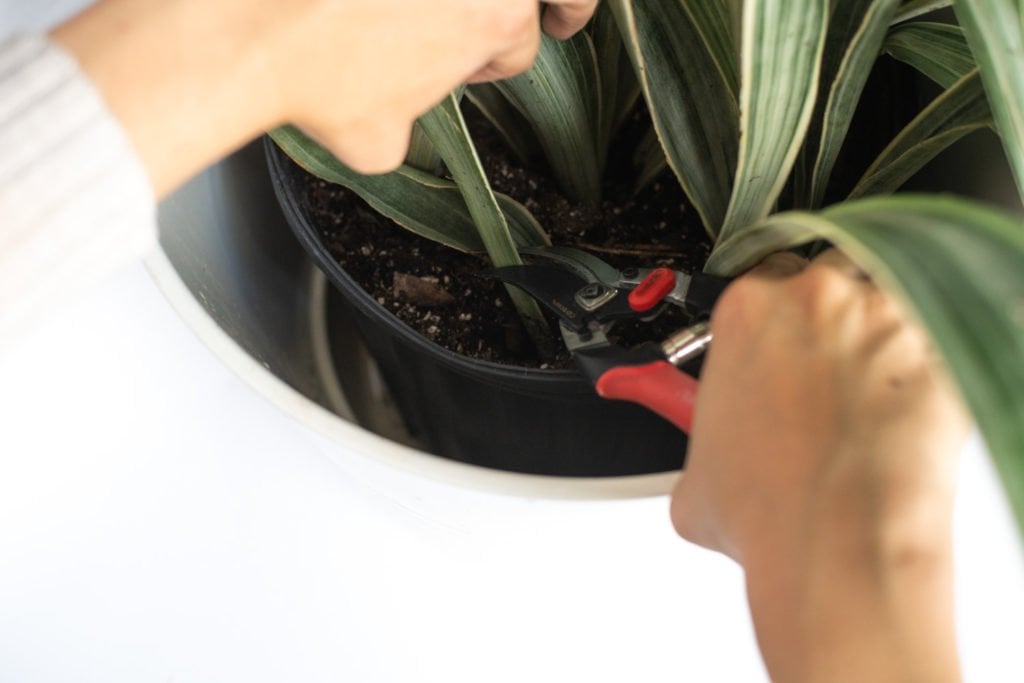
Snake plants are slow-growing, but they can eventually outgrow their container or the space they are in. When this happens, it’s time to prune them back. Pruning is also necessary if the leaves become damaged, discoloured, or diseased. To prune a snake plant, use a clean, sharp pair of scissors to cut the leaf as close to the soil as possible. If you want to propagate the plant, you can cut the leaf into sections and plant them in soil or water. After pruning, make sure to water the plant lightly and avoid overwatering until it recovers.
2. Proper Fertilisation Method
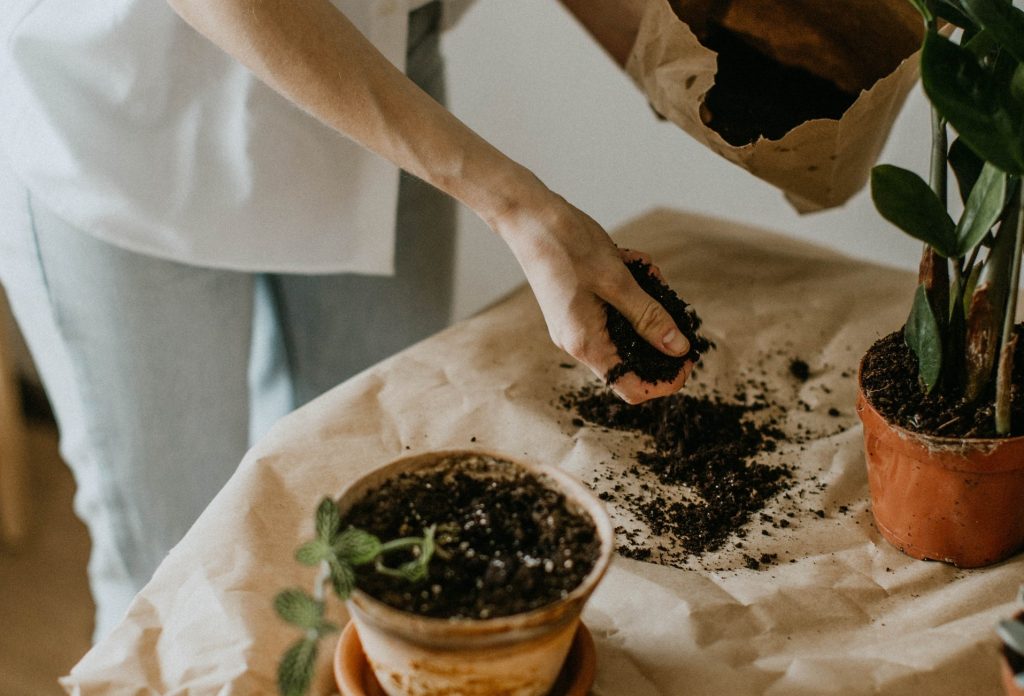
Snake plants are not heavy feeders, but they can benefit from occasional fertilisation. You can use a general-purpose liquid fertiliser, diluted to half-strength, once a month during the growing season (spring and summer). Do not fertilise during the winter months when the plant is dormant. Overfertilization can burn the roots and cause damage to the plant, so it’s important to follow the manufacturer’s instructions and not exceed the recommended dosage.
3. Pest and Disease Control
Snake plants are generally pest-resistant, but they can still be affected by common indoor plant pests such as mealybugs, spider mites, and scale insects. These pests can cause damage to the leaves and weaken the plant over time. To prevent infestations, keep the plant clean and free of dust and debris, and avoid overwatering. If you notice any signs of pest infestation, isolate the plant and treat it with a bar of insecticidal soap or neem oil, following the instructions on the label.
Have a Healthy Dracaena Trifasciata!
All in all, Dracaena Trifasciata, or the Snake Plant, is a beautiful and low-maintenance indoor plant that can add a touch of greenery to any space. Its popularity is due to its ease of care and its ability to thrive in a wide range of conditions.
However, it is important to note that proper care is crucial for the health and longevity of the plant. Overall, caring for the Snake Plant is relatively simple and straightforward, but it requires attention to detail and a commitment to providing the plant with the proper environment.
By following the guidelines for proper care mentioned in this article, you can enjoy the beauty and benefits of the Snake Plant for years to come.
Frequently Asked Questions (FAQs)
How Often Should I Fertilise Snake Plant?
Snake plants should be fertilised once a month during the growing season, which typically runs from spring to early fall. Use a balanced, water-soluble fertiliser and dilute it to half the recommended strength. Avoid fertilising in the winter when the plant is dormant, as this can cause damage to the roots.
Do Snake Plants Need Direct Sunlight?
Snake plants prefer bright, indirect light and can tolerate low-light conditions. While they can survive in direct sunlight, it’s best to avoid exposing them to it for extended periods as it can cause leaf burn and damage the plant. Keeping them near a window that gets bright, indirect light is usually the best option for healthy growth.
How Do You Take Care of a Snake Snake Plant?
To take care of a snake plant, ensure that the soil is well-draining and that it’s not overwatered. Only water when the top inch of soil is dry to the touch. The plant prefers bright, indirect light and can tolerate low-light conditions. Keep it away from drafts and sudden temperature changes. Fertilise once a month during the growing season with a balanced, water-soluble fertiliser diluted to half the recommended strength.

